A laptop a convenient PC controlled by a battery, or an AC string connected to an electrical outlet, which is additionally used to charge the battery. Workstations have a joined console and a touchpad, trackball, or isometric joystick utilized for route. A Laptop additionally has a meager presentation screen that is appended and can be collapsed level for vehicle.
History of Laptop
Year Event
1975 The principal versatile PC was the IBM 5100, discharged in September 1975. It weighed 55 pounds, which was a lot lighter and more compact than some other PC to date. While not genuinely a PC by the present benchmarks, it made ready for the advancement of really convenient PCs, for example Laptop.
1976 Alan Kay came up with the idea of the laptop computer in 1976 while working at Xerox PARC, calling it the Dynabook. He helped develop a prototype of his Dynabook, which was officially named the Xerox Note Taker.
1979 Bill Moggridge designed the GRiD Compass in 1979, the most portable computer at the time and the closest example of a laptop computer. NASA used the GRiD Compass in their space shuttle program in the early 1980s.
1981 Developed by Adam Osborne in April 1981, the Osborne I was the first truly portable computer and is recognized as the first true laptop computer. It weighed 24 ½ pounds and had a 5″ display.
1981 Epson released the Epson HX-20 in 1981. It was the first portable computer with a built-in printer.
1983 Radio Shack released the TRS-80 Model 100 portable computer in the United States in 1983. It featured an LCD, one of the first portable computers with that feature. The TRS-80 Model 100 was originally manufactured by Kyocera and sold in Japan, but later the rights were sold to Radio Shack.
1984 Commodore released the Commodore SX-64 in 1984, the first portable computer to feature a full-color display screen. It weighed about 20 pounds and sold for $995.
1986 IBM released their first laptop, the PC Convertible, in 1986. It weighed 12 pounds, making it the first laptop under 15 pounds.
1987 The U.S. Air Force issued a request for proposal, or RFP, leading to the purchase of over 200,000 laptops. The contract for the manufacturing and purchase of these laptops was awarded to Zenith Data Systems. The Air Force’s purchase of such a large number of laptops helped pave the way for the popularity of laptop computers.
1987 Hewlett-Packard released the Vectra Portable CS laptop in 1987. It was one of the first laptops to feature a 3 ½” floppy disk drive capable of using 1.44 MB diskettes.
1988 Compaq released their first laptop computer in 1988, the Compaq SLT/286. It was the first battery-powered laptop to feature VGA graphics and an internal hard drive.
1989 Apple released their first laptop, the Macintosh Portable, in September 1989. Costing $6500 at release, it did not sell well and was not a popular laptop.
1989 NEC released the NEC UltraLite in 1989, considered to be the first notebook style laptop, weighing less than 5 pounds.
1991 After the flop of their Macintosh Portable laptop, Apple re-worked their laptop concept and released the PowerBook line of laptops in October 1991.
1992 Microsoft and Intel work together to develop and release APM (advanced power management) specification for laptop computers.
1992 Olivetti developed and released the first laptops featuring a touchpad in 1992.
1992 IBM released its ThinkPad 700 laptop computer.
1994 IBM released the ThinkPad 775CD in 1994, the first laptop to feature an integrated CD-ROM drive.
2002 Toshiba released the Toshiba Portege 2000 in 2002, the thinnest laptop to be developed at only ¾ of an inch at the thickest part. It also featured the first 1.8-inch hard drive in a laptop.
2003 Toshiba releases the Toshiba Portege M100 in 2003, which is the first laptop to feature a slim DVD-ROM drive.
2007 ASUS released the Eee PC 701 in October 2007, which was the first netbook to be available. It featured a 7″ screen, an Intel Celeron-M processor, and a 4 GB SDHC storage disk.
Pros:
- Portability – Laptops can be taken with you wherever you go , meaning you have access to your files anywhere.
- Good for business on the go – Because of its portability, laptops are perfect if you travel for work. You can deliver demonstrations, presentations and showcase your work without the need for bulky projecting equipment.
- Connectivity – Laptops allow you to connect to wireless networks while you’re on the go, perfect for accessing the Internet for work or entertainment.
- Battery powered – Because laptops run on batteries, they don’t always need to be plugged in, increasing their portability and giving you something to do if there’s ever a power cut!
- Space – Laptops take up less space than desktops, and it’s always good to have extra room!
Cons:
- Small – Some people may find laptops more difficult to use than desktops because they use smaller mice (trackpads) and keyboards. You can, of course, buy a separate keyboard and mouse for the laptop but this detracts from the portability.
- Expensive – Maintaining and repairing a laptop is expensive. It usually requires the help of a professional, as the parts of a laptop are difficult to get access to, so the bills could add up.
- Easily damaged – Laptops can be flimsy, and because they aren’t rooted to the spot, they’re easily dropped and damaged.
- Easily stolen – As highlighted above, laptops aren’t rooted to the spot – they can be taken without your knowledge.
Features
- Battery life.
- Display.
- Durability.
- Hard drive/RAM.
- Keyboard/touchpad.
- Portability.
- Processor.
- USB Type-C / Thunderbolt 3 Ports
· Higher-Resolution Screens
· OLED Displays
· Intel Kaby Lake CPUs
· SSDs (PCIe x4 a Plus)
· Nvidia Pascal Graphics
· 2-in-1 PCs
· 8GB of RAM or More
· 802.11ac Wi-Fi
· Infrared Camera for Windows Hello
Laptop Types
- Traditional laptop: – The form of the traditional laptop computer is a clamshell, with a screen on one of its inner sides and a keyboard on the opposite, facing the screen. It can be easily folded to conserve space while traveling. The screen and keyboard are inaccessible while closed. Devices of this form are commonly called a ‘traditional laptop’ or notebook,
- Subnotebook: – A subnotebook or an ultraportable, is a laptop designed and marketed with an emphasis on portability Subnotebooks are usually smaller and lighter than standard laptops, weighing between 0.8 and 2 kg with a battery life exceeding 10 hours.
- Netbook.: – The netbook is an inexpensive, light-weight, energy-efficient form of laptop, especially suited for wireless communication and Internet access. Netbooks first became commercially available around 2008, weighing under 1 kg, with a display size of under 9″.
- Convertible, hybrid, 2–in–1. : – The latest trend of technological convergence in the portable computer industry spawned a broad range of devices, which combined features of several previously separate device types. which share traits of both tablets and laptops. All such devices have a touchscreen display designed to allow users to work in a tablet mode
- Desktop replacement. : – A desktop-replacement laptop is a class of large device which is not intended primarily for mobile use. These devices are bulkier and not as portable as other laptops, and are intended for use as compact and transportable alternatives to a desktop computer
- Rugged laptop. :- A rugged laptop is designed to reliably operate in harsh usage conditions such as strong vibrations, extreme temperatures, and wet or dusty environments. Rugged laptops are usually designed from scratch, rather than adapted from regular consumer laptop models.
- Business laptop. :- A business laptop is a PC intended for those in a work environment. Regularly, it is ruggedized, with purchaser confronting highlights, similar to high goals sound, evacuated to enable the gadget to be utilized for unadulterated efficiency. It might now and again incorporate business arranged highlights like TPM, Fingerprint Scanner, Smart Card Reader as well as a Pointing stick.
Intel Processors List by Date
- 8008 – Apr-72
- 8080 – Apr-74
- 80286 – 1982
- 8088 – Jun-79
- 8086 – 8-Jun-78
- 8085 – Mar-76
- 4004 – 15,1971
- i80386 (1985 – 1990)
- i80486 (1989 – 1992)
- Intel Pentium (1993 – 1999)
- Intel Pentium Pro (1995 – 1998)
- Intel Pentium MMX (1996 – 1999)
- Intel Pentium II (1997 – 1999)
- Intel Celeron (1998–present)
- Intel Xeon (1998–present)
- Intel Pentium III (1999 – 2003)
- Pentium 4 (2000 – 2008)
- Pentium 4 (2000 – 2008)
- Pentium M (2003 – 2008)
- Pentium D/EE (2005 – 2008)
- Intel Core (2006 – 2008)
- Intel Pentium Dual-Core (2006 – 2009)
- Intel Core 2 (2006 – 2011)
- Intel Atom (2008 – 2009) (as Centrino Atom)
(2008–present) (as Atom)
- Intel Core i7 (2008–present)
- Intel Pentium (2009–present)
- Intel Core i5 (2009–present)
- Intel Core i3 (2010–present)
- Intel Core i7(Extreme Edition) (2011–present)
AMD Processors List by Date
| AMD-originated architectures | · Am2900 series 1975 · 29000 29K 1987–95 | |
| Non-x86 architecture processors | · 2nd source 1974 · 2nd source 1982 · ARM centered Opteron Processors 2016 | |
| x86 architecture processors | · 2nd source 1979–91 · Amx86 series 1991–95 · K5 architecture 1995 · K6 architecture 1997–2001 · K7 architecture 1999–2005 | |
| x86-64 architecture processors | July 27, 2006 and Later release as follow. · K8 core architecture · K10 core architecture · Bulldozer Architecture Bulldozer, Piledriver, Steamroller, Excavator · Bobcat core architecture APU · Jaguar Family Jaguar, Puma APU · Zen Core Architecture |
Storage Device
- hard drive
- CD-ROM
- DVD-ROM
- flash media
- “thumb” drive
- memory stick
- iPOD
- digital camera
- removable hard drive
- back-up tape
- PDA (Palm, Windows Mobile, etc)
- Blackberry
- Cell phone
Hard Drive Types
SSD
Short for strong state drive (or strong state plate, in spite of the fact that it doesn’t utilize a circle system), a SSD is a capacity medium that utilizations non-unpredictable memory as a methods for holding and getting to information. In contrast to a hard drive, a SSD has no moving parts which gives it focal points, for example, quicker access time, silent task, higher unwavering quality, and lower control utilization.
HDD
A hard disk drive (here and there truncated as hard drive, HD, or HDD) is a non-unstable memory equipment gadget that forever stores and recovers information on a PC. A hard drive is an auxiliary stockpiling gadget that comprises of at least one platters to which information is composed utilizing an attractive head, all within an air-fixed packaging. Inward hard circles dwell in a drive narrows, interface with the motherboard utilizing an ATA, SCSI, or SATA link, and are fueled by an association with the PSU (control supply unit).
Recommendations
Our definitive suggestion is to choose a mixed system with HDD mass stockpiling and a SSD boot drive for your Windows 10 introduce. Along these lines you’ll get a parity of value, execution, and space, and you’ll have a balanced machine for all events.






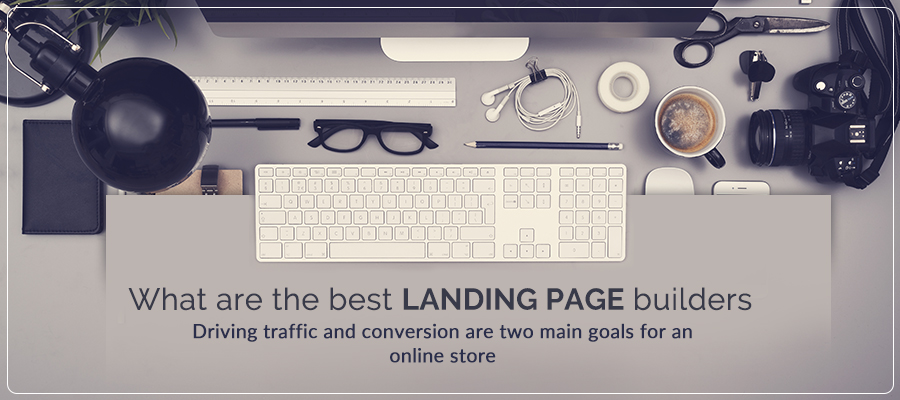
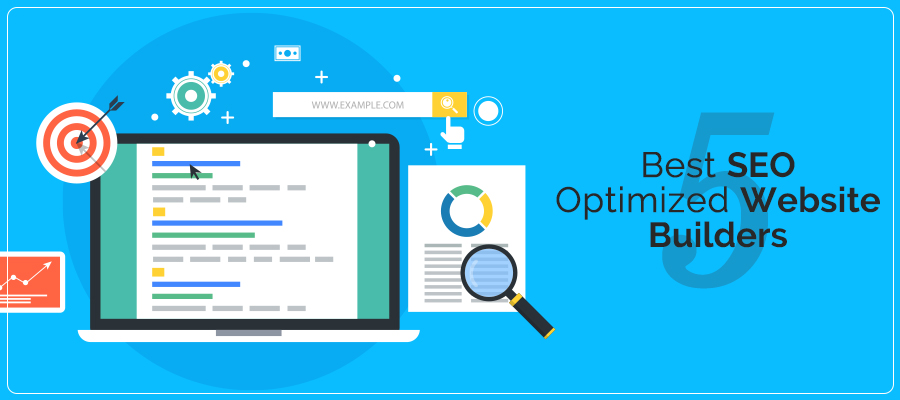

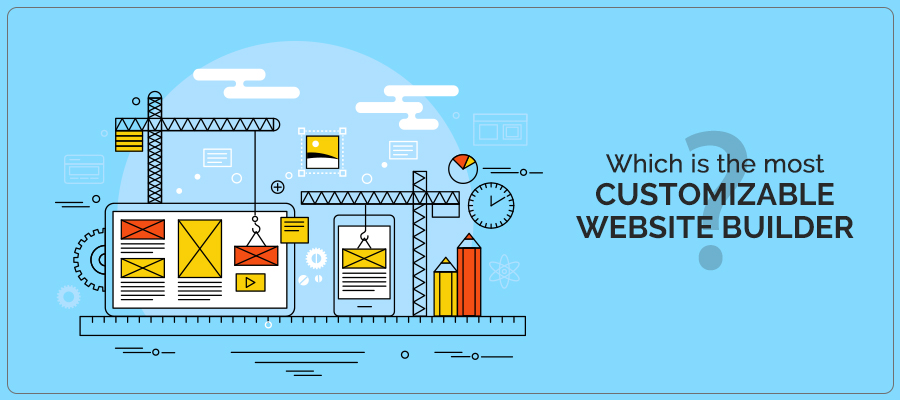
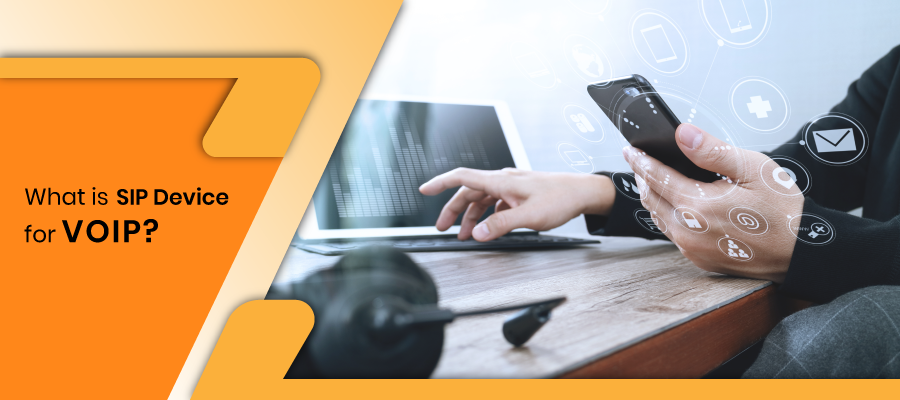
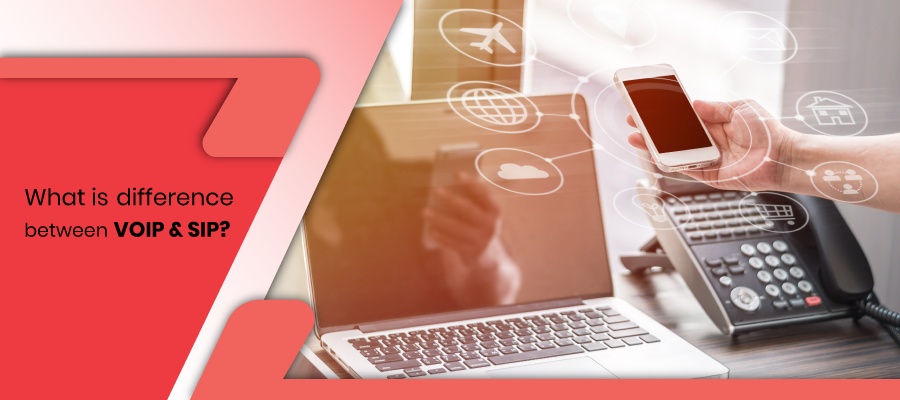

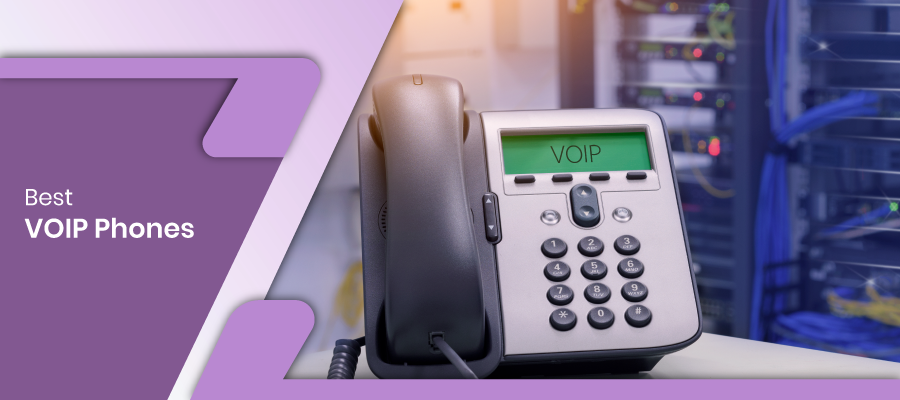
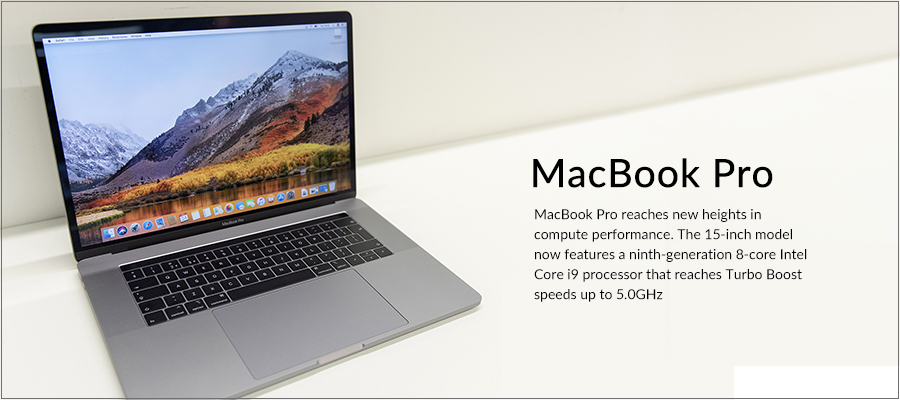
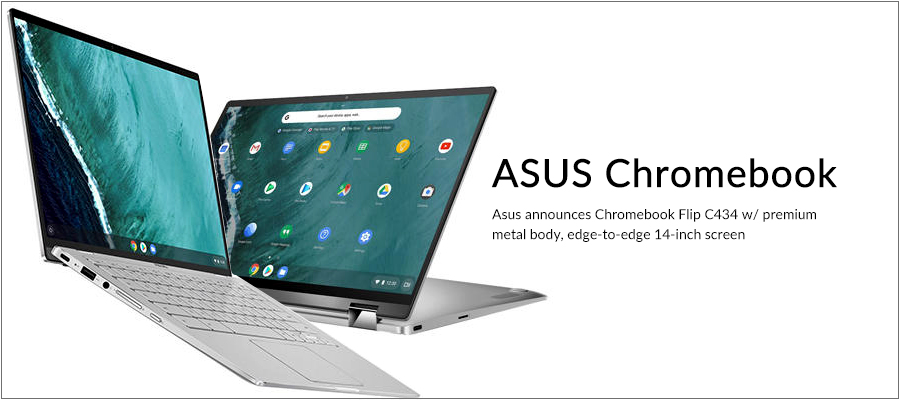
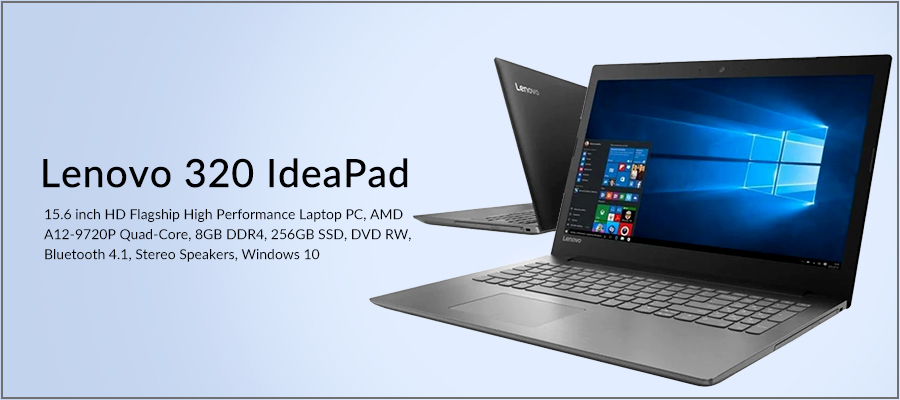



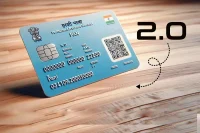
Leave a comment